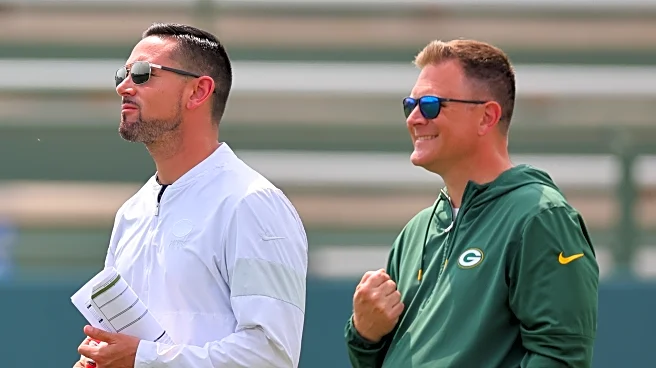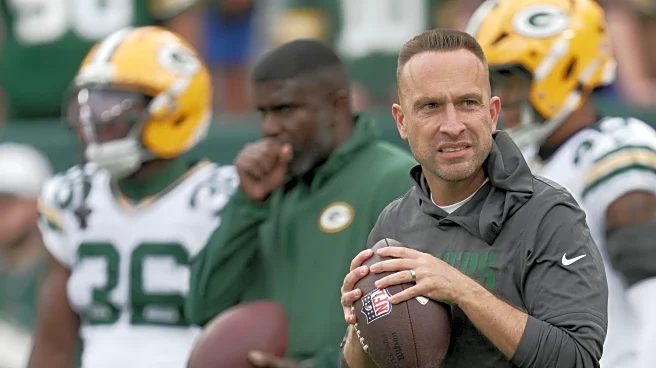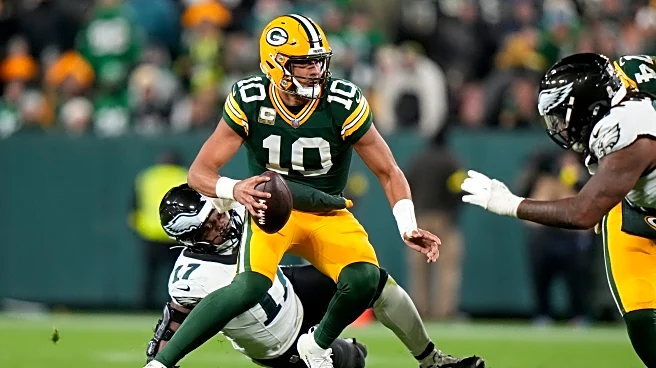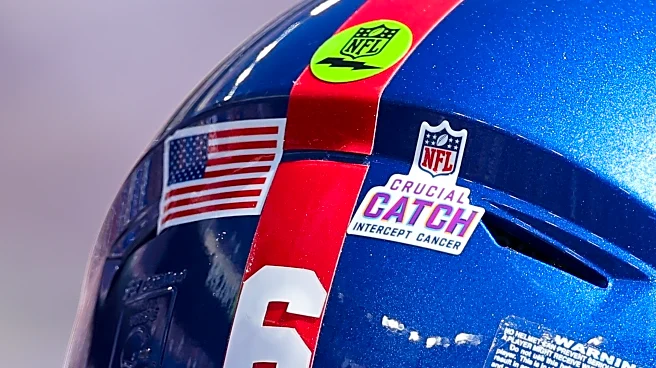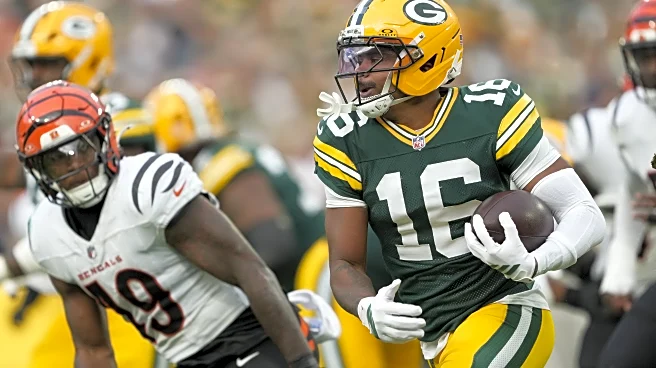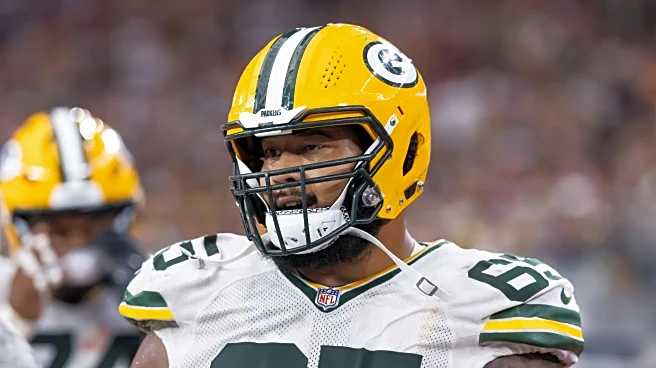Whether you guys want to admit it or not, a lot of you are already looking forward to the 2026 season. I’ve seen the talk about the Green Bay Packers’ cap situation and their roster increase over the team’s
last two losses. So I wanted to give you guys a quick little table on what the Packers’ 2026 roster actually looks like right now, as it stands this very second.
The table below shows you every player who is under contract for Green Bay in 2026, the team’s exclusive rights free agents and the team’s practice squad players. Exclusive rights free agents can be tendered at the league minimum, compared to a minimum of $3.3 million tender that restricted free agents earn. Practice squad players can be signed on reserve/futures deals, which are league-minimum deals, too. Basically, there’s no harm in keeping either ERFAs or practice squad players on the 91-man roster during the offseason, when only 51 players count against the Packers’ salary cap.

Here are a couple of things I would like to remind you guys of, though:
- Those websites that you’re using to calculate the Packers’ salary cap do not include any of these ERFAs or practice squad players in their accounting, so they’re often just using 40-ish players to calculate Green Bay’s salary cap. Within a week of Green Bay’s season ending, they will have signed these reserve-futures deal players, bringing them to over 51 players that will count against the Packers’ 2026 cap. Make sure you remember to leave room for that.
- Those websites are calculating offseason salary cap situations, not in-season salary cap situations. There’s a difference, because the full 53-man roster, injured reserve and practice squad all count against the cap for NFL teams once the season begins. Make sure you remember to leave room for that.
- Those websites also do not include the cost to sign the Packers’ projected rookie draft selections, which are cheap on the relative scale of NFL talent, but are not the league minimum. That will also add another layer of restriction to Green Bay’s salary cap. Make sure you leave room for that.
- Those websites also do not include the proven performance escalator, which gives non-first-round picks a pay bump in their final year of their rookie contract. That money comes out of the Packers’ pocket and counts against the salary cap. So far, Tucker Kraft, Dontayvion Wicks, Karl Brooks and Carrington Valentine are expected to receive those PPE escalators in 2026. Make sure you leave room for that.
After talking to cap guru Ken Ingalls to confirm my numbers, we’ve sort of come around to the same point: If the Packers release center Elgton Jenkins and extend linebacker Quay Walker to a market rate deal (somewhere around $15 million a year), Green Bay essentially is at $0 in cap space once you include the practice squad and wiggle room for the injured reserve replacements in 2026.
On top of that, I’m not sure how much cap space the Packers will actually want to create for free agency in 2026, considering that any addition would offset draft selections that they would earn via the compensatory draft pick system. At the moment, Green Bay could probably bank on earning picks with the losses of quarterback Malik Willis, receiver Romeo Doubs, left tackle Rasheed Walker, center/guard Sean Rhyan, defensive end Kingsley Enagbare and possibly linebacker Quay Walker, if Walker, a team captain, is for some reason not signed to a multi-year deal.
So could Green Bay put more of the team on credit cards to add short-term talent? Sure, but they will probably want to do it via a trade, as that won’t offset the team’s compensatory draft picks, rather than in unrestricted free agency. In the meantime, the Packers only have seven expected draft picks in 2026 (only two in the top 120 picks of the draft as it stands today) when general manager Brian Gutekunst typically likes taking around 10 swings in the draft per April. Personally, I would just bet against it.
Here’s your refresher on who will be the Packers’ non-exclusive rights free agents next season:
Packers 2026 unrestricted free agents
- QB Malik Willis
- WR Romeo Doubs
- TE John FitzPatrick
- OL Rasheed Walker
- OL Sean Rhyan
- DE Kingsley Enagbare
- LB Quay Walker
- LB Nick Niemann
- LB Kristian Welch
Packers 2026 restricted free agents
- RB Emanuel Wilson
- RB Chris Brooks
- WR Malik Heath
- OL Darian Kinnard
- TE Josh Whyle
- DE Aaron Mosby
- DE Brenton Cox Jr.
- S Zayne Anderson
In short, the Packers will have to replace those 17 players with some combination of practice squadders, undrafted free agents or their limited seven expected draft choices in the 2026 draft, because the team won’t want to create cap space for unrestricted free agents who would offset compensatory draft picks.
A Jenkins release and Walker extension gets the team to around $0 in cap space, but that’s not including potential extensions the team will want to make in 2026 on expiring deals, like the following contributors: receiver Jayden Reed, receiver Dontayvion Wicks, tight end Tucker Kraft, defensive end Lukas Van Ness, defensive tackle Devonte Wyatt, defensive tackle Colby Wooden, defensive tackle Karl Brooks and cornerback Carrington Valentine. To make room for those deals, the Packers will already have to convert 2026 salaries into signing bonuses, stretching cap hits up to five years over the salary cap.
